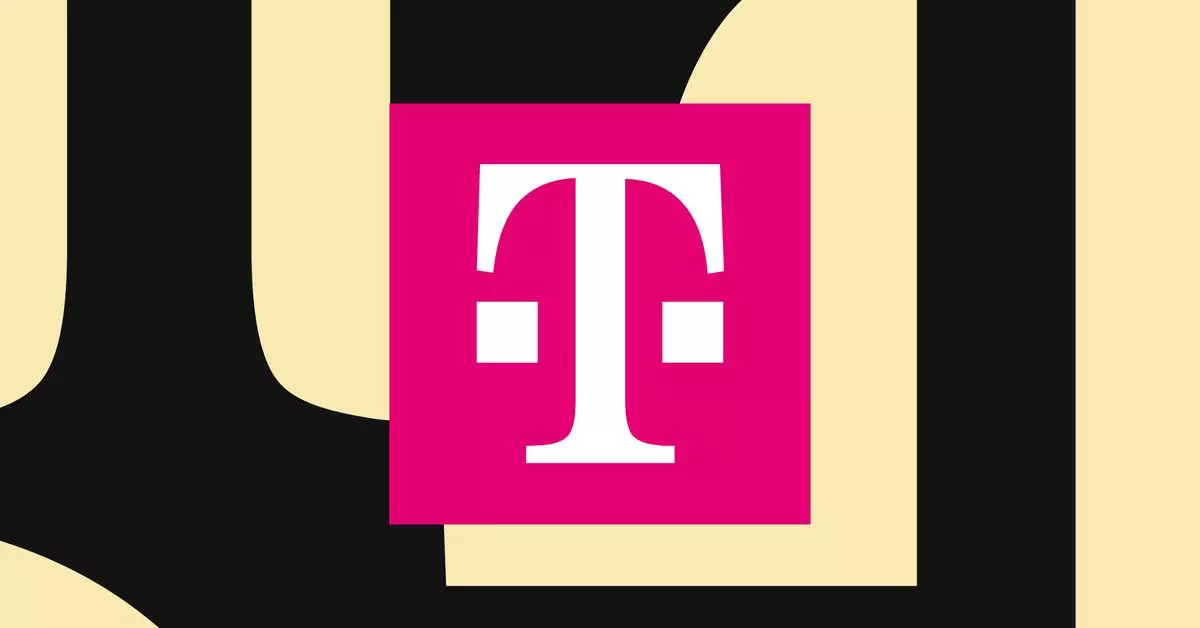In light of the impactful devastation brought on by Hurricane Helene, the Federal Communications Commission (FCC) has granted SpaceX and T-Mobile a temporary nod for their pioneering direct-to-cell service utilizing Starlink satellites. This collaboration marks a significant milestone in emergency communication strategies, particularly for regions experiencing severe disruptions to traditional cell networks. The implications for both disaster response and the future of satellite communication are immense, especially as communities face the growing threat of climate-related catastrophes.
The recent activation of Starlink satellites has enabled the broadcasting of emergency alerts directly to cell phones across all networks in North Carolina. This is a pivotal move, given that Hurricane Helene has rendered many areas devoid of functional communication services due to extensive flooding. These satellite communications can act as a lifeline for residents, providing essential information and potentially saving lives during dire situations. However, it is essential to note that the service currently operates on a best-effort basis, as the full constellation of SpaceX’s satellites is not yet operational. As such, while the technology holds promise, its initial rollout may face limitations.
The devastation wrought by Hurricane Helene has led to substantial “blackout zones” where residents have had limited or no access to communication channels. The disruption of cellular networks in the southeastern United States has raised alarms regarding public safety and emergency management. Recent FCC charts underscore the ongoing challenges, showing that while some improvements have occurred, notable outages persist in various regions. The data highlights a pressing need for innovative solutions that ensure more resilient communication systems in the wake of natural disasters.
Despite the potential benefits of this direct-to-cell initiative, it has not been without its share of controversies. Major telecommunications providers, such as AT&T and Verizon, have openly expressed their concerns to the FCC, arguing that the signals from these satellites could clash with their existing cellular networks. This contention raises critical questions regarding regulatory frameworks and the need for collaborative solutions that balance technological advancement with the interests of established companies. Additionally, stakeholders must consider the environmental impacts of expanding satellite constellations, ensuring that progress does not come at an ecological cost.
As we look to the future of this venture, collaboration between governmental agencies, technology companies, and telecommunications providers will be paramount. Continuous testing of satellite-based services, particularly in disaster-prone areas, will not only enhance communication resiliency but can pave the way for a more interconnected world. In an age where climate change presents unprecedented challenges, the exploration of alternative communication methods could become a lifeline during emergencies, making the coordination between SpaceX, T-Mobile, and other industry players crucial for effective disaster response strategies.
While the initiative by SpaceX and T-Mobile demonstrates considerable promise, it also highlights the need for careful management and collaboration to effectively address the pressing challenges posed by natural disasters and ensure the future of reliable communication in an ever-changing environment.

